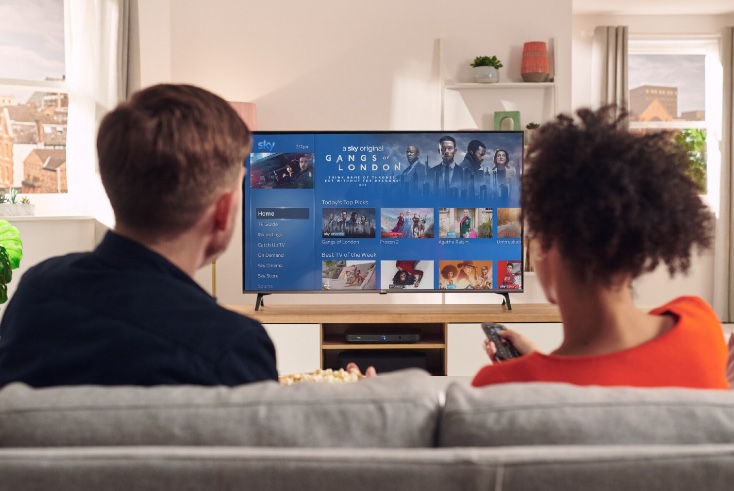Avoiding a race to the bottom

Mihir Haria-Shah, head of broadcast at media agency Anything Is Possible, explains why TV must learn from the past mistakes digital advertising has made
When digital advertising first rose to prominence, agencies and advertisers couldn’t believe their luck. They marvelled at their new-found scope: the audience granularity and focus they could now attain, at such a low cost.
In a drastic step away from print and other forms of physical advertising, the digital revolution meant advertisers initially struggled to adjust their mindset, focussing on metrics such as the number of eyeballs rather than the quality of the advert and the placement.
As a result, issues around ad fraud, viewability and brand safety were quickly discovered, with tech suppliers rushing to market to provide a quick fix.
TV and video has not been exempt from this, and the YouTube brand safety crisis of 2017 demonstrated the lack of control that brands had over the placement of their content. As a result, a huge number of brands were quick to bail out, pulling ad spend from the platform.
Display advertising and advertising technology businesses are still under scrutiny, with the ICO currently investigating the industry and its practices. However with digital TV advertising still in its comparative infancy, we are learning from others’ mistakes and benefitting from second mover advantage.
The CTV and VOD industry has grown substantially over the past few years, even more so during the pandemic, and is soon expected to be worth over $10 billion. But, we need to ensure the market doesn’t fall victim to the same pitfalls as online advertising.
With ad spend predicted to rise further as economies recover from the pandemic, TV is in prime position to step up.
[advert position=”left”]
The main challenge with display advertising was the fixation on price above everything else. We need to do away with this mentality and not allow it to become commonplace in TV.
Instead, advertisers should look at the best broadcast solution for their budget and put storytelling at the heart to achieve the highest return.
TV advertising allows creativity to thrive and gives advertisers license to be as inventive as possible to connect with their audience in a really personal way.
TV advertising has historically been seen as extremely expensive – something reserved for big brands with large advertising budgets. But trends in content consumption are quickly changing this. With the increase in advertising formats now available and audiences consuming different types of content on their big screen, it’s now more affordable than ever for brands to explore TV advertising.
YouTube has learned from 2017 and is benefitting from this trend, with huge increases in ad spend over the last quarter of 2020. Both audiences and brands are waking up to the great professional content on YouTube.
This content isn’t necessarily ‘new’ but lockdown has afforded consumers more time to discover content. For example, in the UK ‘PE with Joe’ will have opened up the world of YouTube to a significant audience who had perhaps never knowingly or intentionally gone to the platform to consume content.
We often talk about CTV being a great entry point for brands with smaller budgets to get onto TV, however one of the sticking points with this is being unable to directly attribute sales back to the TV ad. This has made many marketers reluctant to invest, despite seeing the brand benefits of TV advertising.
As clickable ad formats proliferate, it will become far easier to measure those success journeys and as a result, we will likely see further investment for brands that have seen initial returns.
YouTube’s direct response option has made it easier for consumers to purchase items, especially when watching on platforms that allow clickable ads such as desktop or mobile.
Online shopping has become everyday behaviour throughout the pandemic, incentivising the tech to develop and smooth out the process.
For brands to fully leverage this new ability to go from ad to purchase in one step, they need compelling creative that consumers want to engage with, because that vital one-click response will become the hero metric to end them all.
With TV advertising allowing advertisers with differing budgets to take advantage of the creative options available, we will start to see marketers rethinking their priorities.
TV provides the perfect platform for emphasising the power of storytelling, and the increase in demand for CTV and VoD solutions will push the boundaries further.
Advertisers, agencies and media owners just need to make sure we learn from the past as we walk into the future, and avoid the same pitfalls display advertising fell into.




